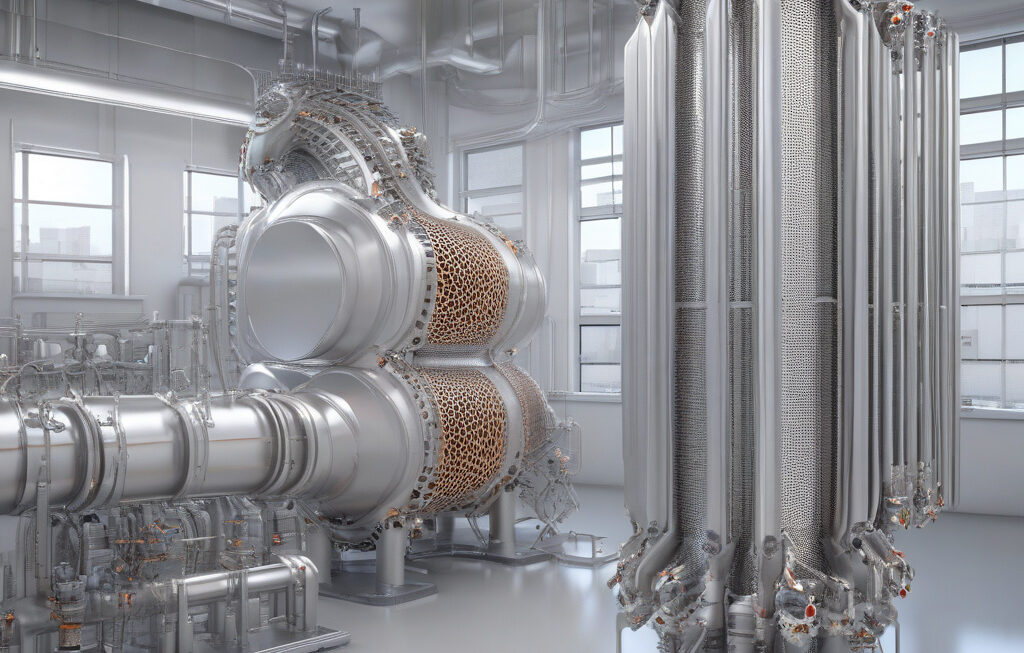Passive Tech Sets 800W Cooling Record for Next-Gen Data Center Infrastructure
As artificial intelligence systems devour more power and cloud infrastructure expands globally, data centers are facing unprecedented challenges in managing heat dissipation efficiently. The demand for high-performance computing is driving the need for innovative cooling solutions that can keep pace with the ever-increasing power densities of modern servers. In this landscape, a groundbreaking development in passive cooling technology has set a new standard by achieving an impressive 800W cooling capacity for next-gen data center infrastructure.
Traditional cooling methods in data centers, such as air conditioning and liquid cooling systems, have limitations in their ability to handle the escalating heat loads generated by advanced computing equipment. These systems are not only energy-intensive but also require significant maintenance and operational costs. As a result, there has been a growing push towards more sustainable and cost-effective cooling solutions that can meet the demands of cutting-edge data centers.
The new passive cooling technology, which has achieved a remarkable 800W cooling capacity, represents a significant leap forward in addressing the cooling challenges faced by data center operators. Unlike active cooling systems that rely on mechanical components like fans and pumps to dissipate heat, passive cooling solutions leverage natural heat transfer processes to maintain optimal operating temperatures. By harnessing principles such as conduction, convection, and radiation, passive cooling systems offer a more energy-efficient and environmentally friendly alternative for cooling data center infrastructure.
One of the key advantages of passive cooling technology is its ability to operate without the need for additional power consumption, making it an ideal choice for data centers looking to reduce their carbon footprint and operating costs. By utilizing materials with high thermal conductivity and strategically designed heat sinks, passive cooling systems can effectively dissipate heat from servers and other equipment without relying on active cooling mechanisms. This not only improves energy efficiency but also enhances the overall reliability and longevity of the data center infrastructure.
The successful demonstration of an 800W cooling capacity by the passive cooling technology highlights its potential to revolutionize the way data centers approach thermal management. By enabling higher power densities and more compact server configurations, this innovative cooling solution paves the way for the development of next-generation data center designs that are both energy-efficient and high-performing. As data center operators continue to seek sustainable and scalable solutions to meet the demands of modern computing workloads, passive cooling technology emerges as a promising candidate to address the evolving needs of the industry.
In conclusion, the achievement of an 800W cooling record by passive tech sets a new benchmark for cooling efficiency in next-gen data center infrastructure. By offering a cost-effective, environmentally friendly, and high-performance cooling solution, passive technology has the potential to reshape the future of data center thermal management. As the industry continues to embrace innovation in pursuit of more sustainable and efficient computing solutions, passive cooling technology stands out as a testament to the power of ingenuity in addressing the challenges of the digital age.
data centers, cooling technology, passive cooling, data center infrastructure, sustainable computing










